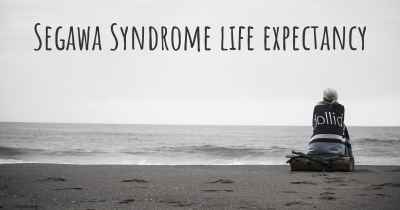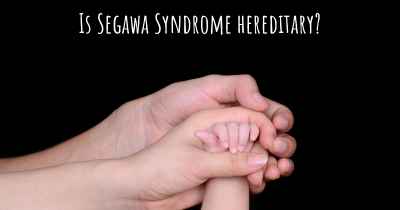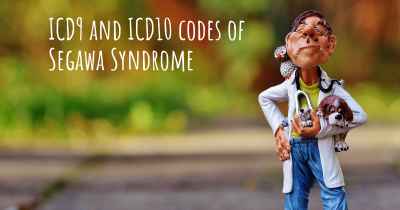Living with Segawa Syndrome. How to live with Segawa Syndrome?
Can you be happy living with Segawa Syndrome? What do you have to do to be happy with Segawa Syndrome? Living with Segawa Syndrome can be difficult, but you have to fight to try to be happy. Have a look at things that other people have done to be happy with Segawa Syndrome

Living with Segawa Syndrome
Segawa Syndrome, also known as Dopa-Responsive Dystonia (DRD), is a rare genetic disorder that affects the nervous system. It is characterized by muscle stiffness, tremors, and difficulty with voluntary movements. Living with Segawa Syndrome can present various challenges, but with proper management and support, individuals with this condition can lead fulfilling lives.
Medical Management
One of the most crucial aspects of living with Segawa Syndrome is proper medical management. It is essential to work closely with a healthcare team, including neurologists and movement disorder specialists, who can provide expert guidance and treatment options. The primary treatment for Segawa Syndrome is the administration of levodopa, a medication that helps increase dopamine levels in the brain.
Consistency in medication is key to managing symptoms effectively. It is important to take medications as prescribed and follow the recommended dosage schedule. Regular check-ups with healthcare professionals are necessary to monitor the effectiveness of the medication and make any necessary adjustments.
Physical Therapy
Physical therapy plays a vital role in managing Segawa Syndrome. A physical therapist can design a personalized exercise program to improve muscle strength, flexibility, and coordination. These exercises can help alleviate symptoms and enhance overall mobility.
Additionally, physical therapy can assist in managing any associated pain or discomfort. Therapists may employ techniques such as massage, heat therapy, or transcutaneous electrical nerve stimulation (TENS) to provide relief.
Assistive Devices
Depending on the severity of symptoms, individuals with Segawa Syndrome may benefit from assistive devices to enhance their daily functioning. These devices can include mobility aids like canes or walkers to improve stability and prevent falls. Orthotic devices, such as braces or splints, may also be recommended to support weakened muscles and improve posture.
Emotional Support
Living with a chronic condition like Segawa Syndrome can be emotionally challenging. It is important to seek emotional support from loved ones, friends, or support groups who understand the unique experiences and difficulties associated with the condition. Sharing experiences, concerns, and coping strategies with others can provide a sense of belonging and reduce feelings of isolation.
Additionally, counseling or therapy can be beneficial in managing the emotional impact of Segawa Syndrome. Mental health professionals can provide guidance in developing coping mechanisms, managing stress, and addressing any psychological challenges that may arise.
Lifestyle Modifications
Adopting certain lifestyle modifications can help individuals with Segawa Syndrome manage their symptoms more effectively. These may include:
- Regular exercise: Engaging in low-impact exercises like swimming or yoga can help improve muscle strength and flexibility.
- Healthy diet: A well-balanced diet can support overall health and provide essential nutrients for optimal functioning.
- Adequate rest: Getting enough sleep and incorporating relaxation techniques can help manage fatigue and promote overall well-being.
- Stress management: Finding healthy ways to cope with stress, such as practicing mindfulness or engaging in hobbies, can contribute to better symptom management.
Education and Advocacy
Lastly, it is important to educate yourself about Segawa Syndrome and become an advocate for your own health. Stay informed about the latest research, treatment options, and support resources available. By being proactive and knowledgeable, you can actively participate in your healthcare decisions and ensure you receive the best possible care.
Living with Segawa Syndrome may present challenges, but with a comprehensive approach that includes medical management, physical therapy, assistive devices, emotional support, lifestyle modifications, and education, individuals with this condition can lead fulfilling lives. Remember, each person's experience with Segawa Syndrome is unique, so it is essential to work closely with healthcare professionals to tailor a management plan that suits your specific needs.








